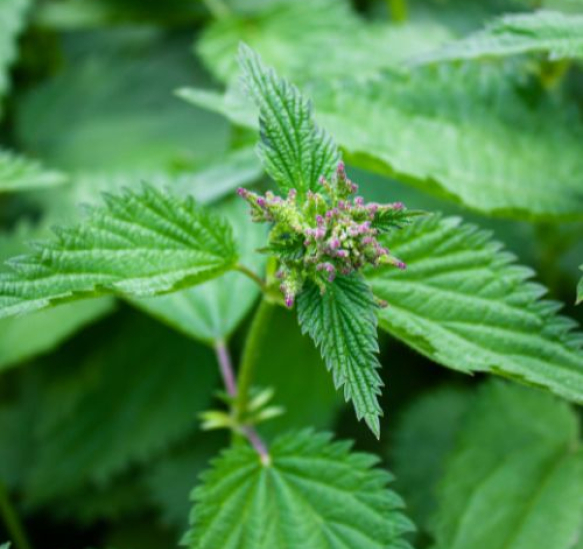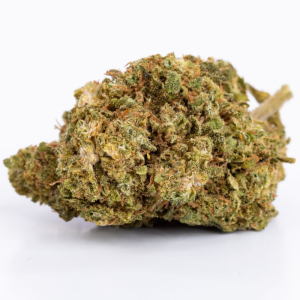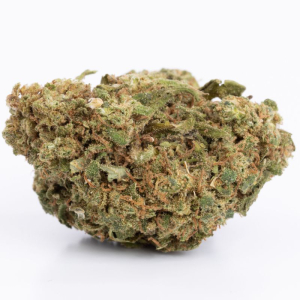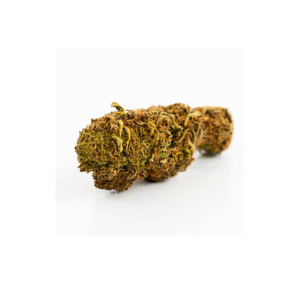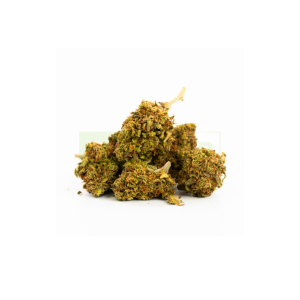Jamaican nettle, full of CBD, free of THC?
So, CBD wouldn't only come from the Indica and L. Sativa strains of the hemp plant! This discovery from the country of Samba, where scientists claim to have discovered cannabidiol in the fruits and flowers of the Trema Micranthum plant, better known under the name of “Jamaican nettle” in our regions.
This species is native to the Caribbean and other tropical regions such as Central America and parts of South America. It typically grows in environments disturbed by human activities, including abandoned agricultural lands or deforested areas, where it often contributes to the regeneration of vegetation!
The fact that CBD was detected in Trema Micranthum is not entirely surprising, given that it belongs to the Cannabaceae plant family, which has 11 genera and 170 species... including Cannabis, which produces chemical substances called cannabinoids, notably tetrahydrocannabinol (THC), a psychotropic compound, and CBD, which does not get consumers high and which is therefore legal in France.
But here's the twist: unlike cannabis, Jamaican nettle does not synthesize THC. Better: there would be NO psychotropic cannabinoids that impair cognitive abilities.
CBD in Jamaican nettle: what implications for the legal hemp sector?
This new discovery could quite simply revolutionize the cannabidiol market, and we weigh our words.
Confirmation that CBD can indeed be extracted from a source other than cannabis suggests a potential diversification of production sources. In this hypothesis, producers would therefore no longer be dependent on cannabis varieties traditionally cultivated for their richness in CBD, in particular Cannabis Indica and Cannabis L. Sativa. We would then see an expansion of agricultural options and a more than likely reduction in production costs.
Next, with the absence of THC in Trema Micranthum, CBD producers could circumvent the strict regulations associated with the cultivation of cannabis, which imposes rigorous controls due to the presence of this psychotropic and illicit molecule in the majority of countries on the planet. Clearly, we could see the simplification of legal procedures and accelerate the marketing of new CBD-based products.
Finally, using Trema Micranthum as a source of CBD could have a positive impact on the environment, as this plant can thrive in poor or degraded soils. It therefore provides a great ecological alternative by contributing to the rehabilitation of marginal land while producing an economically viable resource.

